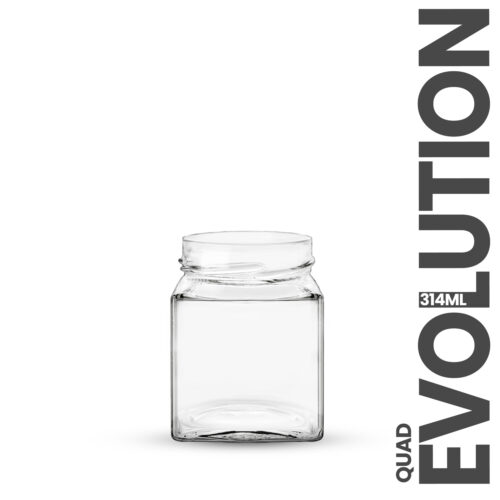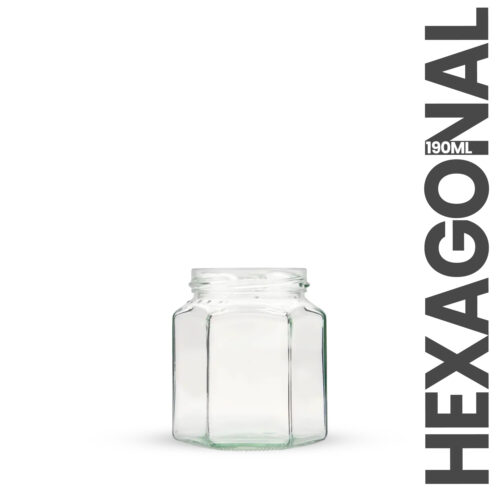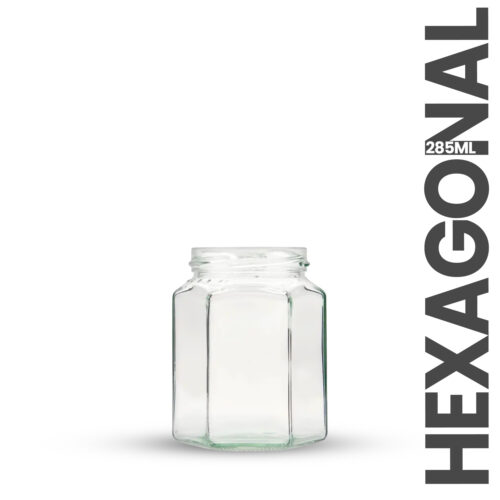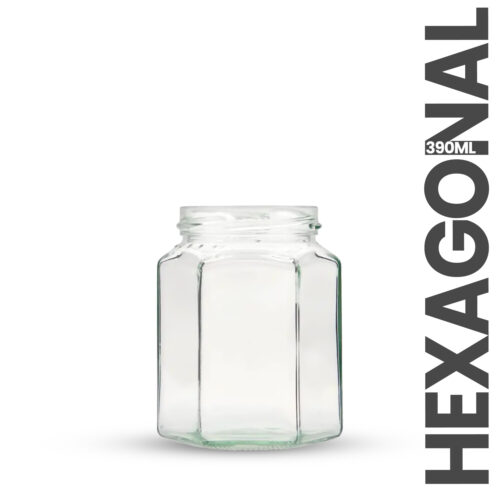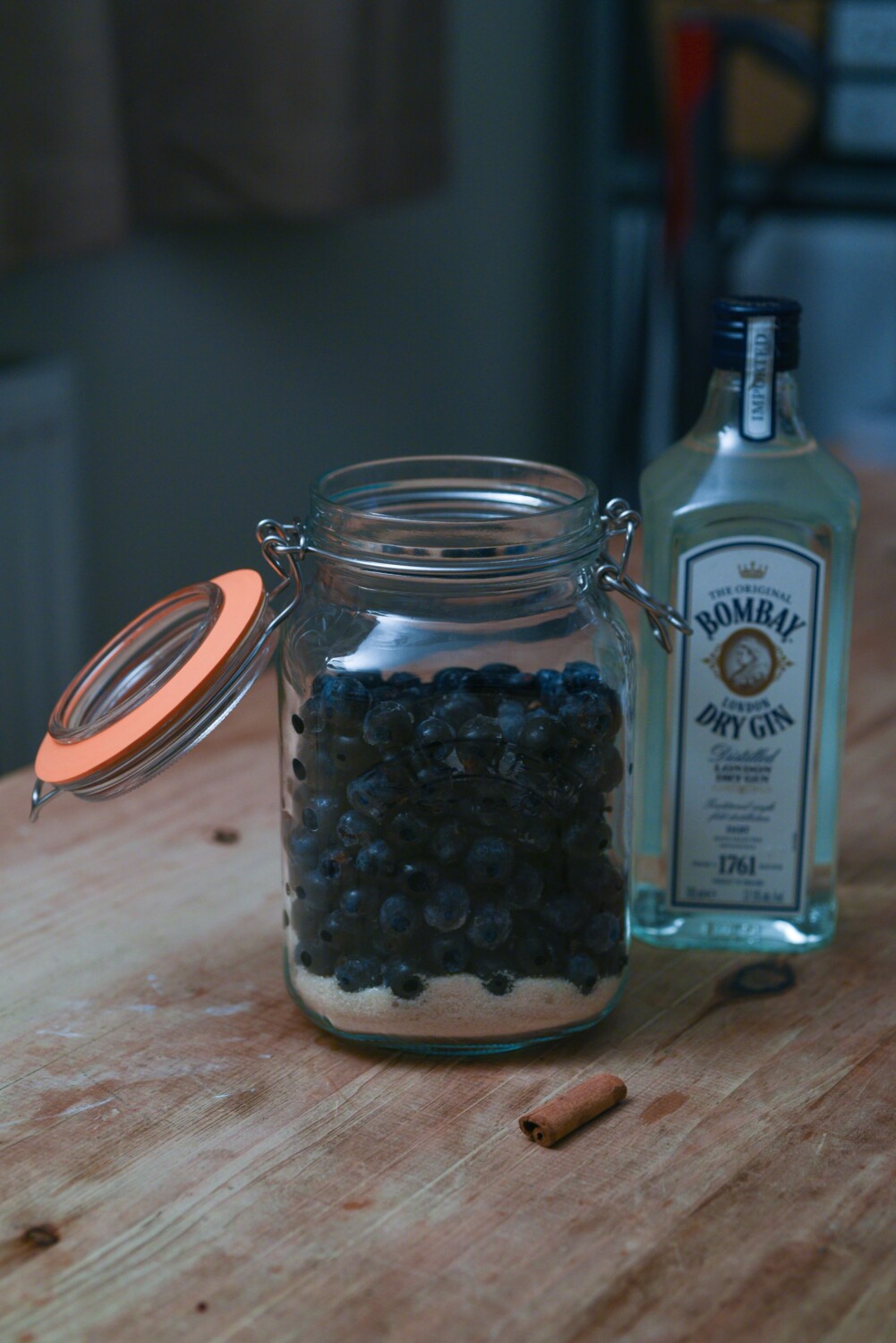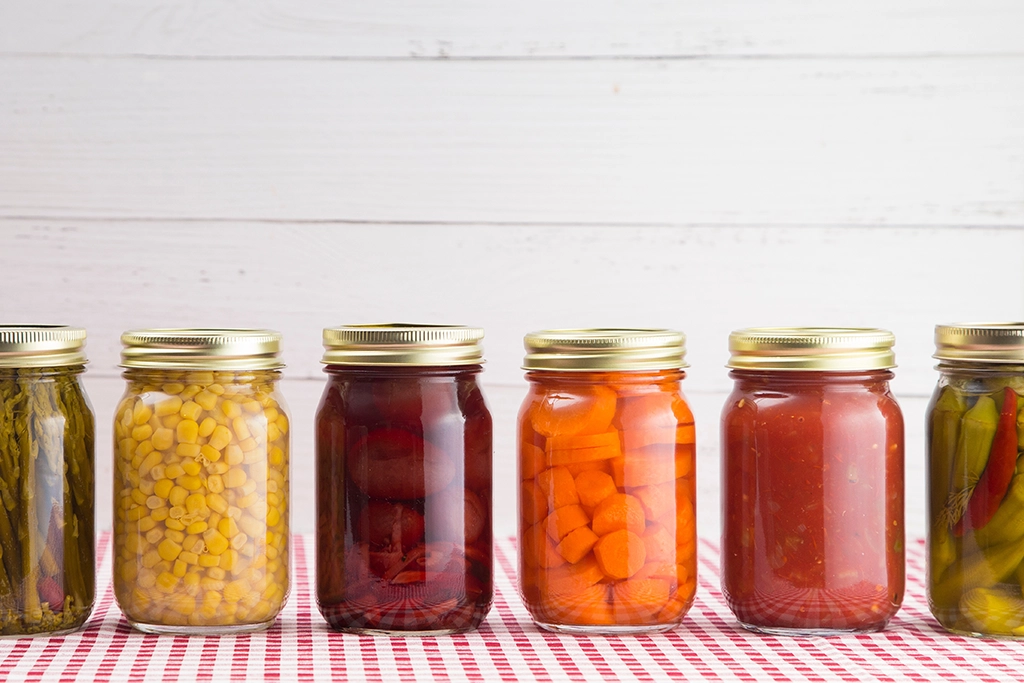
Canning is a way to preserve food by sealing it in airtight containers, like glass jars or metal cans. The food is heated to kill harmful microorganisms that cause spoilage. Once sealed, the container forms a vacuum, keeping bacteria out and allowing the food to stay fresh for a long time without refrigeration, while preserving its flavor and nutrients.
Why is Canning Important?
Canning isn’t just about preserving food—it helps save time, money, and reduces food waste. When fruits and vegetables are abundant and cheap during peak seasons, canning lets you store them at their freshest, capturing seasonal flavours for later. This not only cuts down on waste but also allows you to enjoy healthy, homemade meals throughout the year without relying on expensive, out-of-season, or processed foods.
Canning also gives you the freedom to create your own recipes, control ingredients, and avoid preservatives or artificial additives, making it a healthier alternative to store-bought canned goods. Whether it’s jams, pickles, vegetables, or sauces, canning offers a sustainable way to extend the shelf life of food while keeping quality intact.
The Canning Process
The canning process may seem intimidating at first, but with the right steps and attention to detail, it becomes a simple and enjoyable activity.
- Preparation: Start by washing and prepping your ingredients. Depending on the food, you may need to peel, chop, or pre-cook it. At the same time, sterilise your jars and lids by boiling them for at least 10 minutes. This step is crucial to avoid contamination from harmful bacteria or fungi.
- Filling the Jars: Once your food is ready, fill the sterilised jars, leaving some space at the top for expansion during heating. Run a spatula around the inside of the jars to remove any air bubbles, which helps ensure a good seal.
- Sealing: After filling the jars, wipe the rims clean and place the lids on. Screw the bands on until secure, but don’t overtighten, as this could prevent proper sealing. The jars are then placed in either a water bath or a pressure canner, depending on the type of food.
- Processing: The jars are heated to the correct temperature for the recommended time. For high-acid foods like fruits, jams, and pickles, a water bath is sufficient. Low-acid foods, such as meat, beans, and vegetables, require the higher temperatures achieved through pressure canning.
- Cooling and Storage: Once the processing is done, carefully remove the jars and let them cool undisturbed. You’ll hear the “pop” of the vacuum seal forming as they cool. After they’ve fully cooled, check the lids to ensure a proper seal and store the jars in a cool, dark place.
The Benefits of Glass Jars for Canning
Glass jars are ideal for canning because they are durable, reusable, and non-reactive. Unlike plastic, glass doesn’t absorb odours or flavours, keeping your food’s taste pure. Their transparency makes it easy to see what’s inside, helping you organise your pantry and plan meals more efficiently. Additionally, using glass jars reduces waste since they can be reused indefinitely with proper care.
Common Mistakes and How to Avoid Them
Canning can be tricky for beginners, but avoiding a few common mistakes makes it much easier. One of the biggest issues is improper sterilisation, which can lead to contamination and spoilage. Always make sure your jars, lids, and tools are fully sterilised before starting. Another mistake is overfilling jars—leaving the correct amount of headspace is crucial for proper sealing during heating.
Don’t forget to adjust processing times based on your altitude. At higher altitudes, water boils at a lower temperature, so you’ll need to increase the processing time to ensure the food reaches a safe temperature. Paying attention to these details can prevent improper seals and spoilage.
The Safety of Home Canning
When it comes to canning, food safety is key. A properly canned jar can last anywhere from one to two years if stored in a cool, dark place, but it’s important to check them before using them. Always check for signs of spoilage, like bulging lids, leaks or bad smells. If you notice any of these, discard the jar immediately.
Canning preserves the taste and nutritional value of seasonal produce while giving you control of your food without preservatives or excess packaging. By properly canning and storing your produce, you’ll have ingredients for nutritious homemade meals all year round.
Final thoughts
Canning is a rewarding way to preserve food, letting you enjoy seasonal produce long after it’s out of season. With just a few tools—glass jars, a canner, and basic knowledge—you can extend the shelf life of fruits, vegetables, meats, and sauces, ensuring healthy, flavorful meals all year. Whether you’re new to canning or refining your skills, this time-honoured method guarantees that you’ll always have nutritious and delicious options ready at your fingertips.
Explore our range of Glass Jars
View our full glass jar product range

